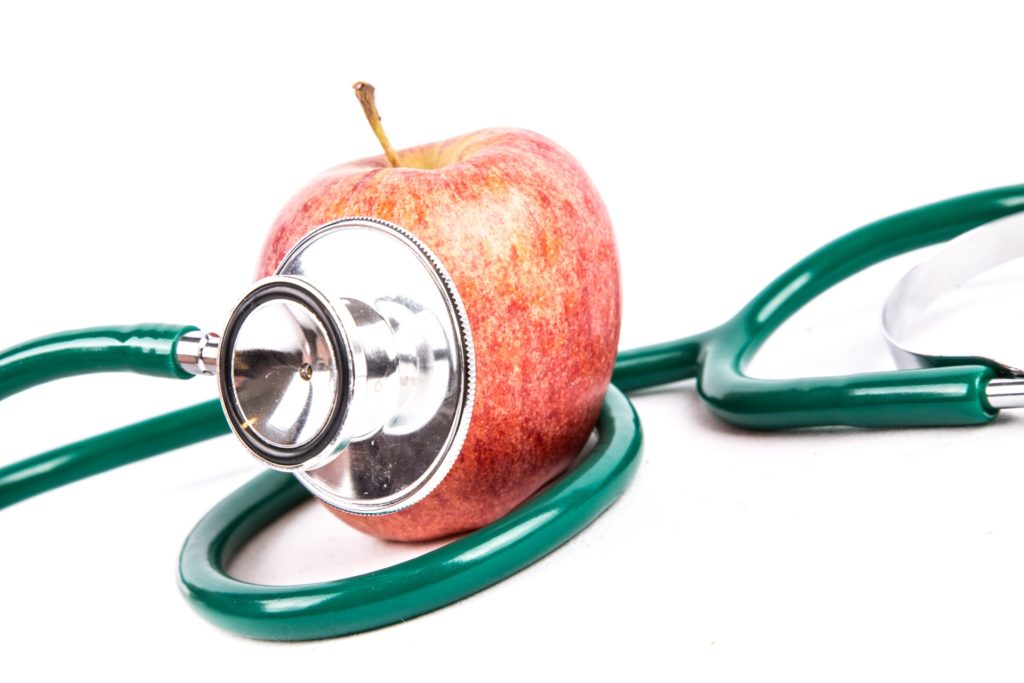
This is the third post in FBLE’s series on the Local FARMS Act.
One of the newest trends in agricultural policy is testing the effects of produce prescriptions. Forget the intimidating pharmacy counters, lines, and lab coats, doctors in select pilots are writing scripts for patients to pick up fresh fruits and vegetables at their local farmers’ markets.
The idea of using nutrition as treatment is being applied in many contexts (see, for instance, the Food Is Medicine Program at Harvard Law School’s Center for Health and Policy Innovation, which aims to study the effects of tailored meals on a variety of medical conditions including diabetes, cancer, and HIV). However, pilots have most frequently targeted diseases most directly linked to diet, such as obesity, diabetes, and heart disease.
So far, these pilots have largely taken place at the state level. However, we may soon see the first federal foray into a Food Rx program. The Local FARMS Act, a marker bill recently introduced for possible inclusion in the 2018 Farm Bill, includes a proposal for the Harvesting Health Program (HHP). HHP would provide federal grants to programs that aim to “demonstrate and evaluate the impact of produce prescription programs for low-income individuals and households.”
This bipartisan proposal is commendable. A pilot program can be an important step in policy-making and, if it proves successful, can set the stage for more permanent funding in the future. Furthermore, the proposal recognizes the need to prioritize grants to low-income communities, where chronic diseases related to poor nutrition are most prevalent.
That said, there are two areas where the proposal could be strengthened going forward. First, programs applying for funding may only target low-income individuals who already have diet-related issues. A more robust pilot would also allow applicants to study the preventative effects that RX food programs can have.
Second, HHP does not adequately address the obstacles that many low-income individuals face in accessing and affording healthy foods. The bill outlines three categories of eligible programs under the grant: (i) those providing financial incentives to low-income individuals to purchase fruits and vegetables, (ii) those providing education resources on nutrition to low-income individuals, and (iii) those providing accessible locations for participants to procure fresh fruits and vegetables.
While it would be interesting to compare the outcomes of programs that focus exclusively on a single one of these variables, the most robust programs will almost certainly encompass all three. Access, financial resources, and education are interdependent components; each one must be present for the others to succeed. In order to showcase the potential of the most successful pilots, HHP should prioritize programs that address all three criteria.
Overall, the Local FARMS Act represents a significant step forward in how we think about tackling nutrition-related diseases in the United States. As our current responses (drugs, surgery) continue to drive up health care costs, it becomes increasingly important to look for innovative alternatives to address the problem. With a budget ask of only $20 million, it would be a shame for this proposal not to be adopted.
